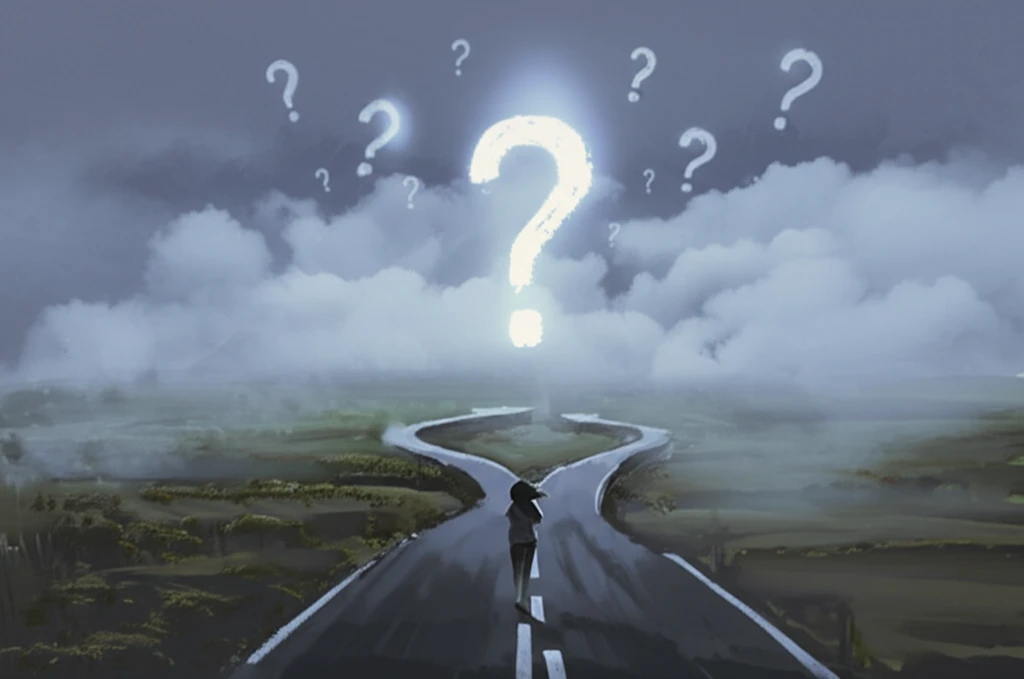
Decision-Making Under Uncertainty: How much is ambiguity aversion affecting your choices
"Explore how individuals navigate uncertainty in economic decisions, revealing the tension between rational models and real-world behavior."
Every day, we face choices where the outcomes are uncertain. Whether it's deciding to invest in stocks or choosing a new career path, we rarely have all the facts. Traditional economic models assume we make these decisions based on clear probabilities and rational calculations. However, real-world behavior often deviates from this ideal, especially when dealing with ambiguity—situations where we lack precise information about the likelihood of different outcomes.
The concept of 'subjective expected utility' (SEU) has long been the cornerstone of rational decision-making theory. This model suggests that individuals weigh potential outcomes against their subjective probabilities and choose the option that maximizes their expected utility. Yet, experiments have consistently shown that people often act in ways that contradict SEU, particularly when faced with ambiguity. This has led researchers to explore alternative models that better capture how we actually make decisions when the future is unclear.
New research delves into this fascinating area, examining how people respond to ambiguity and whether these responses align with normative standards. By designing and implementing laboratory experiments, researchers aim to evaluate the 'normative appeal' of behaviors arising from models of ambiguity aversion. The goal is to understand not just how people behave, but whether they find certain ambiguity-averse behaviors inherently appealing, even after careful reflection.
What is Ambiguity Aversion and How Does It Influence Decisions?

Ambiguity aversion refers to the tendency to favor known risks over unknown risks. In simpler terms, most people prefer a situation where they know the odds, even if those odds aren't great, over a situation where the odds are completely unclear. This preference can significantly impact economic decisions, leading individuals to make choices that deviate from what traditional rational models would predict.
- The Ellsberg Paradox: One classic demonstration of ambiguity aversion is the Ellsberg Paradox. In this experiment, people are presented with two urns. One urn contains 50 red balls and 50 black balls. The other urn also contains 100 red and black balls, but in an unknown proportion. Participants are asked to bet on drawing a ball of a certain color from either urn. The typical finding is that people prefer to bet on the urn with the known 50/50 distribution, revealing a preference for known probabilities over ambiguous ones.
- Real-World Implications: Ambiguity aversion can explain various economic phenomena. For example, investors might shy away from investing in emerging markets where political and economic risks are less well-defined. Consumers might prefer established brands over new ones, even if the new brands offer similar products at lower prices.
- The Role of Information: The level of information available significantly affects ambiguity aversion. The more uncertain people are about the probabilities, the more likely they are to exhibit ambiguity-averse behavior.
What Does This Mean for Understanding Our Own Choices?
Understanding ambiguity aversion is more than an academic exercise; it's a tool for recognizing and mitigating biases in your own decision-making. By acknowledging that we tend to shy away from the unknown, we can consciously evaluate whether this aversion is truly serving our best interests. Sometimes, taking a calculated risk in an ambiguous situation can lead to significant rewards, while other times, sticking with the familiar is the wiser choice. The key is to make these decisions with awareness and intention, rather than letting unconscious biases dictate our path.
